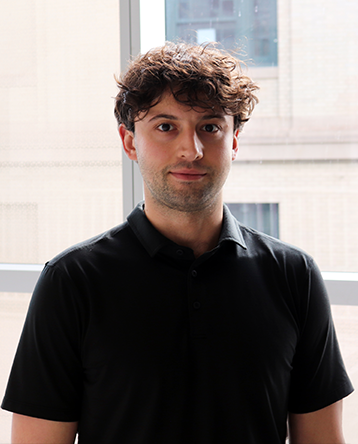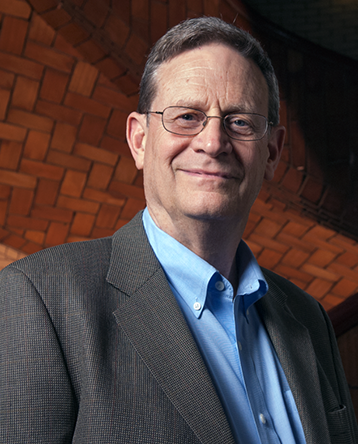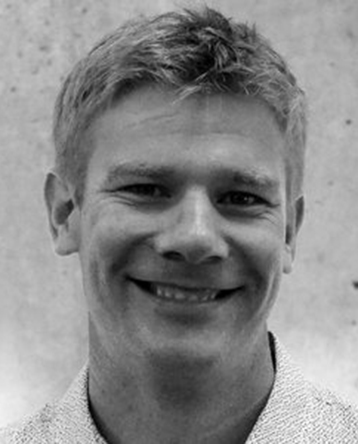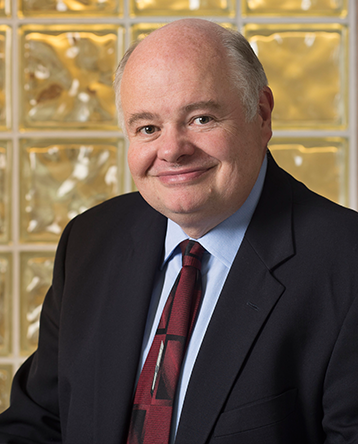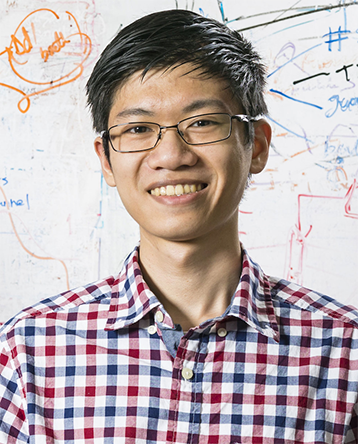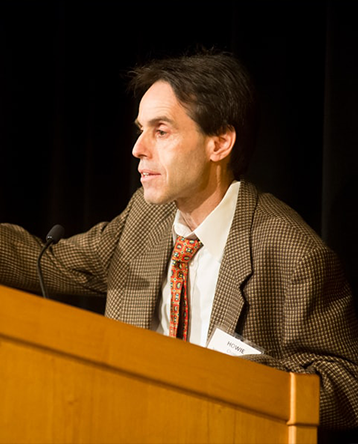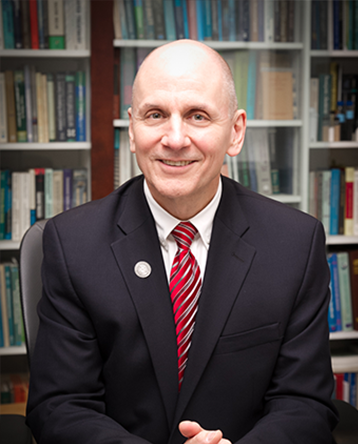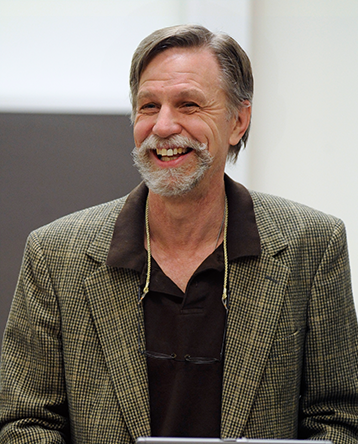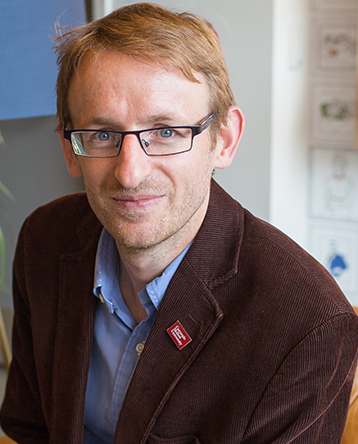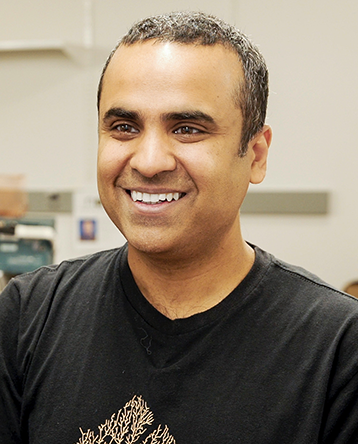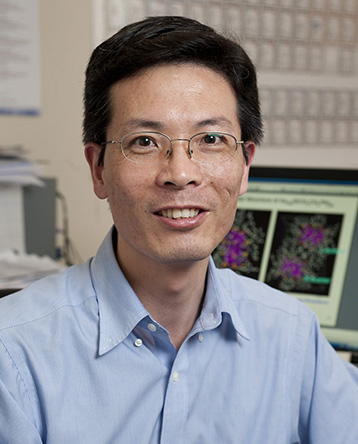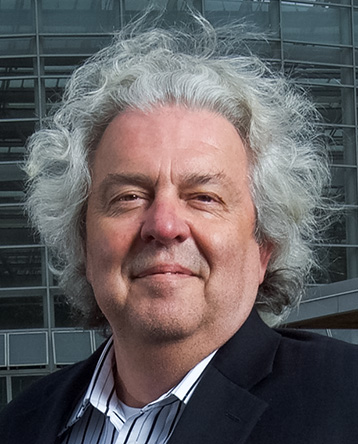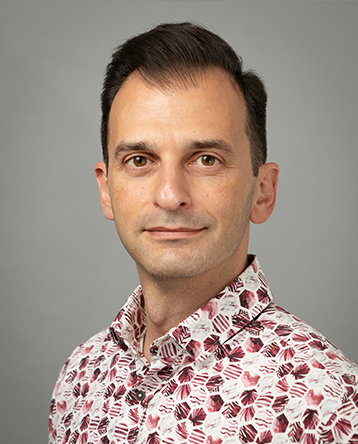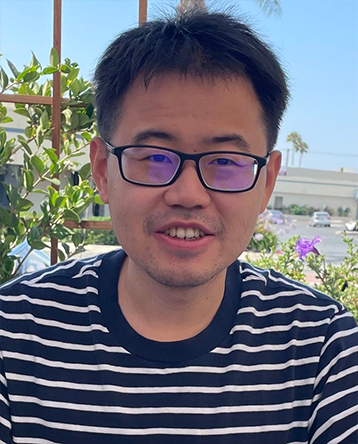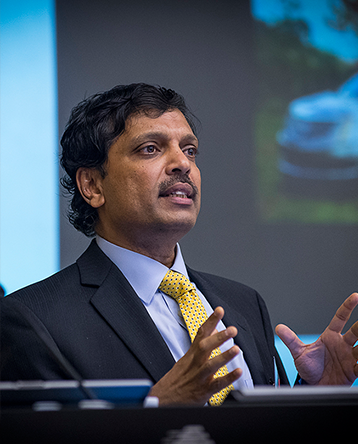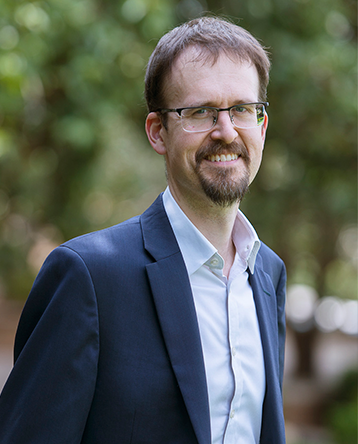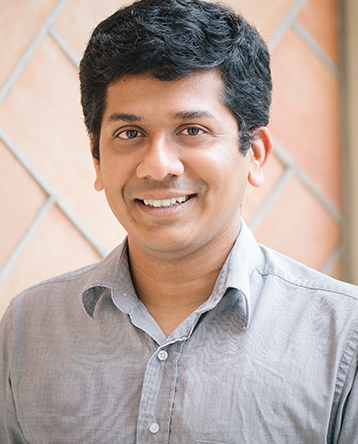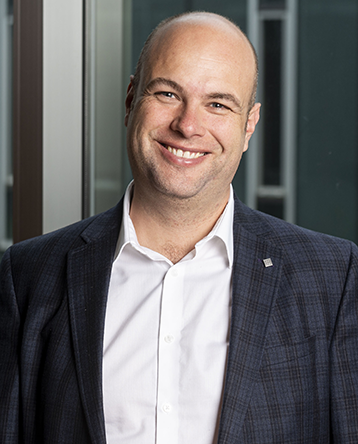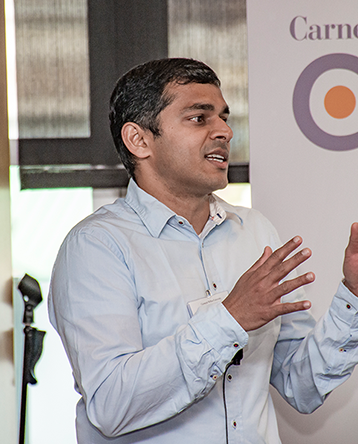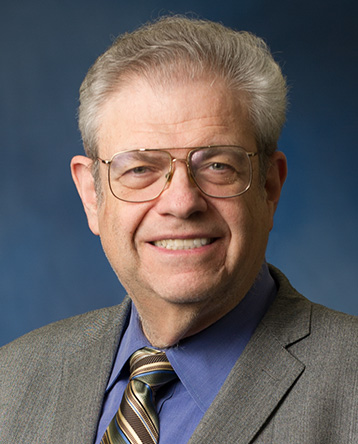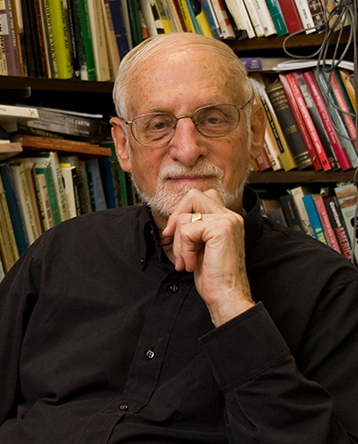Search:
Leadership
Staff
Senior fellows
-

Karen B. Clay
Teresa and H. John Heinz III Professor of Economics and Public Policy
-

Vivian Loftness
FAIA, University Professor, Paul Mellon Chair in Architecture
-
-
Fellows
-
-
-
-
-

Nicholas Muller
Lester and Judith Lave Professor in Economics, Engineering, and Public Policy
-
-

Kate Whitefoot
Associate Professor
Associate Director, Critical Technology Initiative
Faculty affiliates
-
-
-
-
-
-

James Bain
Professor and Associate Department Head for Academic Affairs
Associate Director, Data Storage Systems Center (DSSC)
-
-
-
-
-

Vijayakumar Bhagavatula
Interim Dean
U.A. & Helen Whitaker Professor -
-
-

Michael Blackhurst
Executive Director, The Open Energy Outlook (OEO) Initiative
-
-
-
-
-

Sayeed Choudhury
Associate Dean for Digital Infrastructure and Director of the Open Source Programs Office (OSPO), Carnegie Mellon Libraries
-

Erica Cochran-Hameen
AIA, NOMA, LEED AP
Associate Professor
Program Director, UDream -
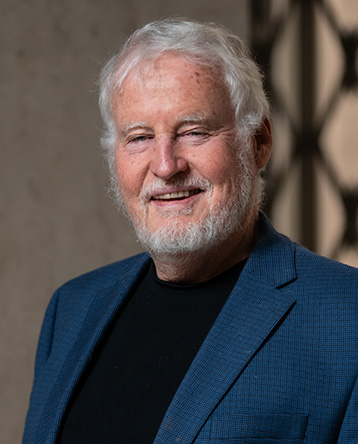
Terry Collins
Teresa Heinz Professor in Green Chemistry
Director, Institute for Green Science -
-
-
-
-
-
-

Elizabeth Dickey
Department Head and Teddy and Wilton Hawkins Distinguished Professor
-
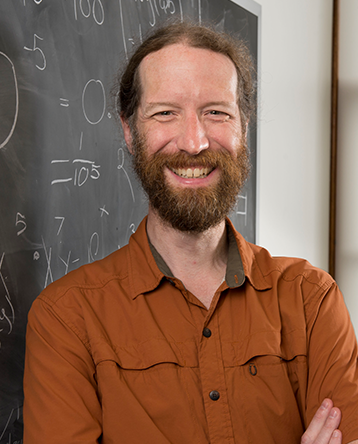
Neil Donahue
Thomas Lord Professor
Director, Steinbrenner Institute for Environmental Education and Research -
-

Giulia Fanti
Angel Jordan Associate Professor
Co-director, CyLab-Africa
Co-director, the Upanzi Network
-
-
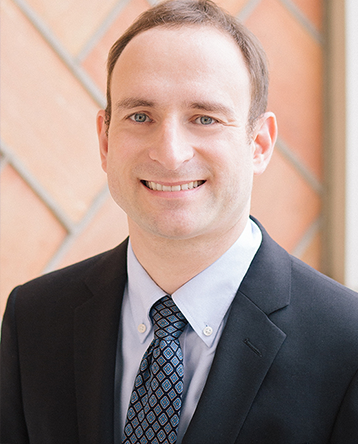
Franz Franchetti
Associate Dean for Research
Kavčić -Moura Professor
Director -
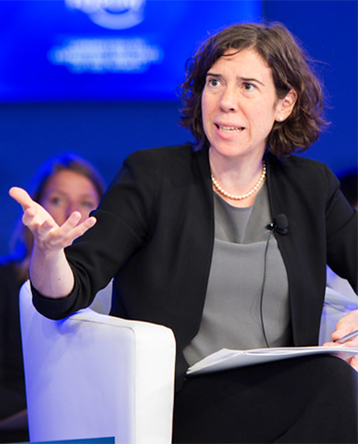
Erica Fuchs
Kavčić-Moura Professor
Director, Critical Technology Initiative -
-
-
-
-

Ignacio Grossmann
Rudolph R. and Florence Dean University Professor
-
-
-
-
-
-
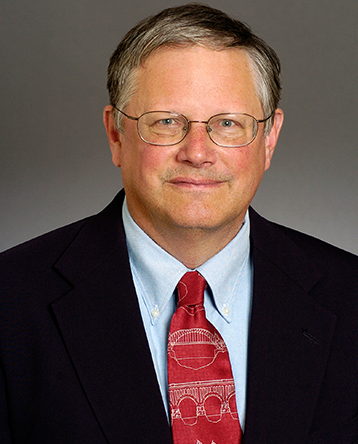
Chris Hendrickson
Hamerschlag University Professor Emeritus
Director, Traffic21 Institute -
-

Olexandr Isayev
Carl and Amy Jones Professor in Interdisciplinary Science
-
-
-

Carlee Joe-Wong
Robert E. Doherty Career Development Associate Professor
-
-
-
-
-

Jonathan Kline
Associate Studio Professor
Research Associate, Remaking Cities Institute -
-
-
-
-
-
-
-

Philip LeDuc
William J. Brown Professor
Director, Center for the Mechanics and Engineering of Cellular Systems
-
-
-
-
-
-
-

Krzysztof Matyjaszewski
J. C. Warner University Professor of Natural Sciences
-

Christopher McComb
Gerard G. Elia Associate Professor
Director, Human+AI Design Initiative
-
-
-

Sarah Mendelson
Distinguished Service Professor of Public Policy and Director of Sustainable Futures
-
-
-
-
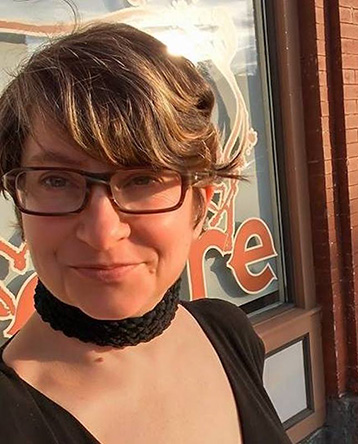
Kathy Newman
Associate Professor of English
Director of Graduate Studies -
-
-

Illah Nourbakhsh
Professor of Robotics
Director of the Community Robotics, Education and Technology Empowerment (CREATE) lab
Associate Director for Robotics Faculty -
-
-
-

Rahul Panat
Professor
Associate Director of Research, Manufacturing Futures Institute
-

P. Chris Pistorius
Associate Department Head and POSCO Professor
Co-Director -

Barnabás Póczos
Associate Professor and Co-Director of the Ph.D. Program
-
-
-
-
-
-
-
-
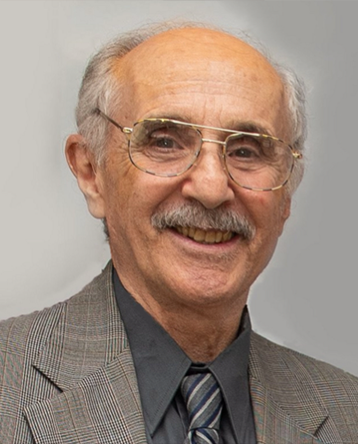
Edward Rubin
Alumni Chair Professor of Environmental Engineering and Science Emeritus
Professor Emeritus
Senior Fellow -
-

Paul Salvador
Professor
Director, Energy, Science, Technology and Policy Program -
-

Alan Scheller-Wolf
Richard M. Cyert Professor of Operations Management
-
-
-

Peter Scupelli
Associate Professor
Director, Learning Environments Lab -

Duane Seppi
Richard C. Green Professor of Financial Economics and Senior Associate Dean of Faculty
-
-
-
-
-

Ramteen Sioshansi
Professor and Associate Department Head for Graduate Affairs
-
-

Vincent Sokalski
Teaching Professor, Director of Student Inclusion & Community
-
-
-
-
-
-
-
-
-
-
-

Rahul Tongia
Senior Systems Scientist
Adjunct Professor, Carnegie Mellon University Fellow, Brookings India / Brookings Institution
Associate Director, TechBridgeWorld -
-
-
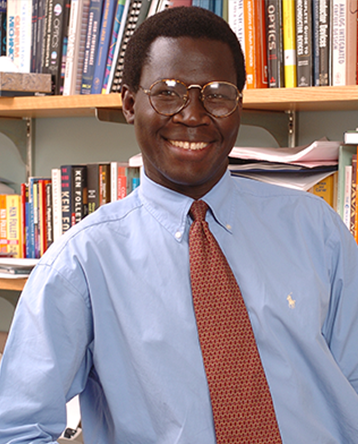
Elias Towe
Albert and Ethel Grobstein Professor and University Professor
Director, Center for Quantum Computing and Information Technology -
-
-
-
-
-
-
Board of advisors
-

Aris Candris
President and CEO
Westinghouse Electric Co. (Retired)Trustee
Carnegie Mellon University -

Michael W. Howard
President and Chief Executive Officer
Electric Power Research Institute -

Kathryn Jackson
Director
Energy & Technology Consulting, KeySource, Inc.Director
Portland General Electric CompanyDirector
Cameco CorporationBoard of Directors
DQE Holdings LLC, Duquesne Light Holdings, Inc. and the Duquesne Light Company -

Raymond J. Lane
Managing Partner
GreatPoint VenturesProfessor Emeritus
Kleiner Perkins Caufield & ByersTrustee
Carnegie Mellon University -

Kathleen A. McGinty
Vice President
Global Government Relations at Johnson ControlsBoard Member
American Council on Renewable EnergyBoard Member
Energy Futures InitiativeBoard Member
Franklin Square Energy Partners -

Oliver Morton
Briefings Editor
The Economist -

David Porges
Chairman
Equitrans Midstream CorporationChairman and Interim Chief Executive Officer
EQT CorporationTrustee
Carnegie Mellon University -

Sherman Scott
President
Delmar Systems, Inc. -

Daniel Swanson
Software Systems Engineer
Lockheed Martin Corporation -

Susan Tierney
Managing Principal
Analysis GroupChair
Resources for the Future's Board of Directors -

Carol Williams
Executive Vice President
The Dow Chemical Company (Retired)Board Member
Olin CorporationBoard Member
Owens IllinoisTrustee
Carnegie Mellon University










